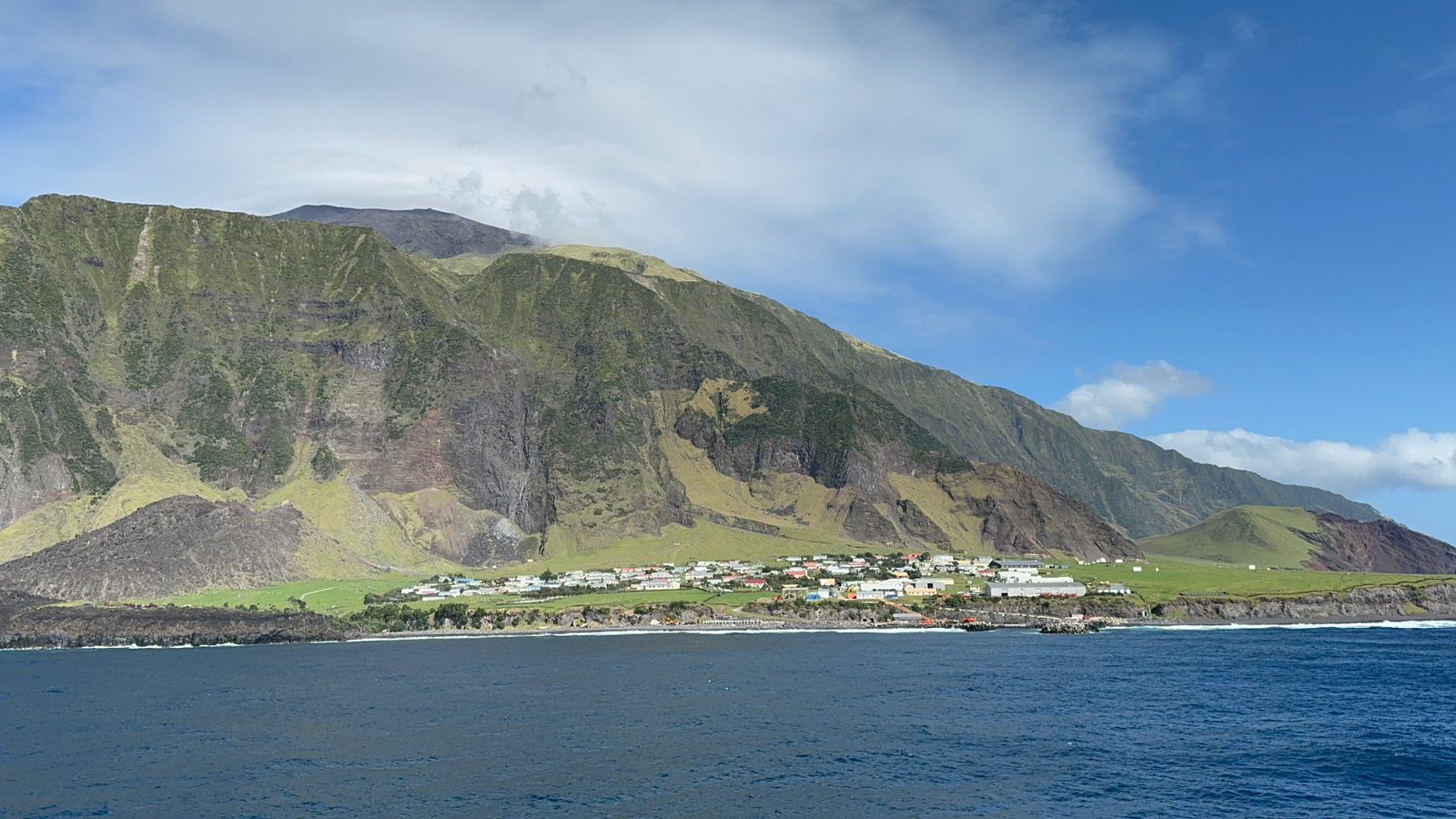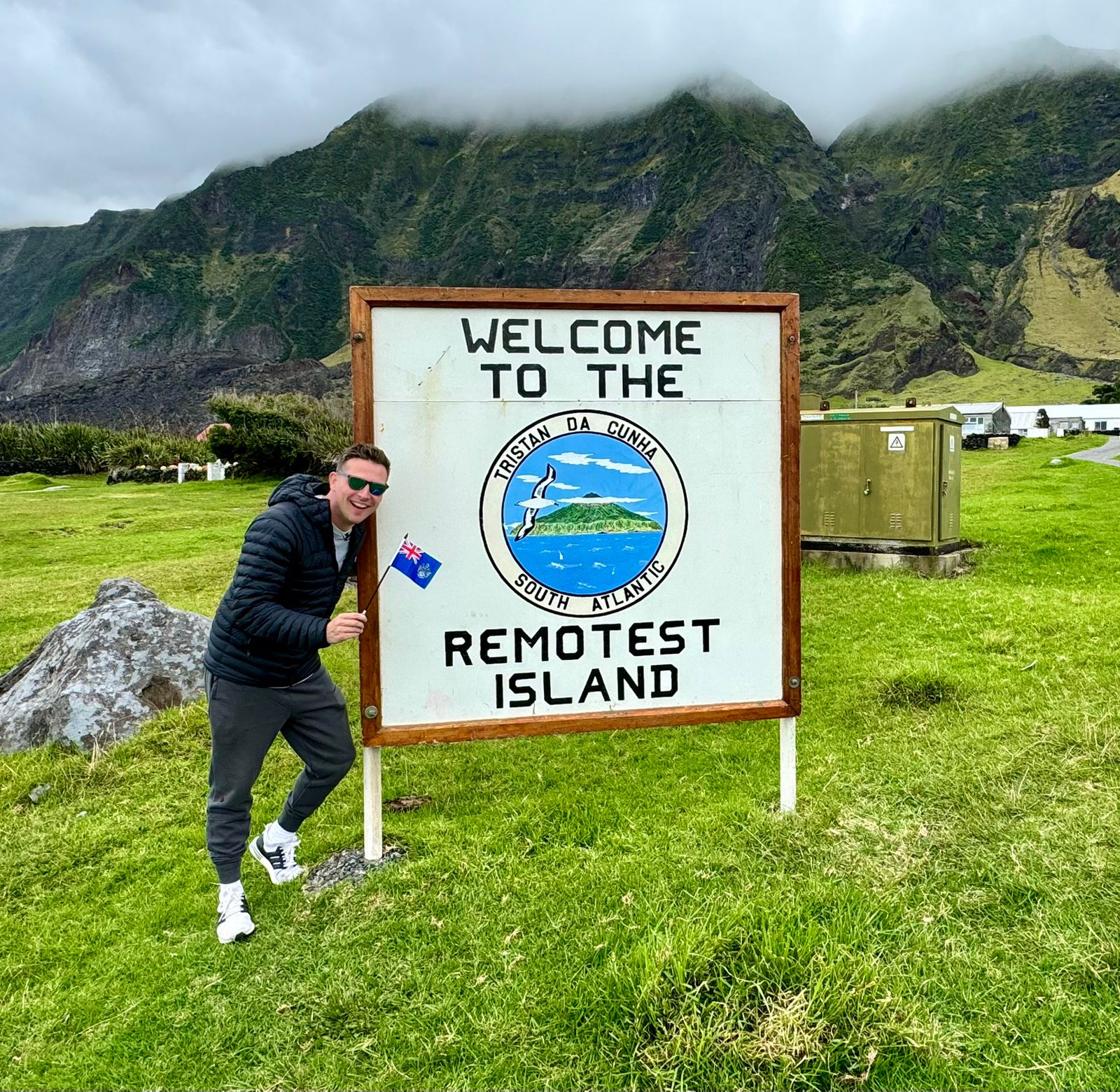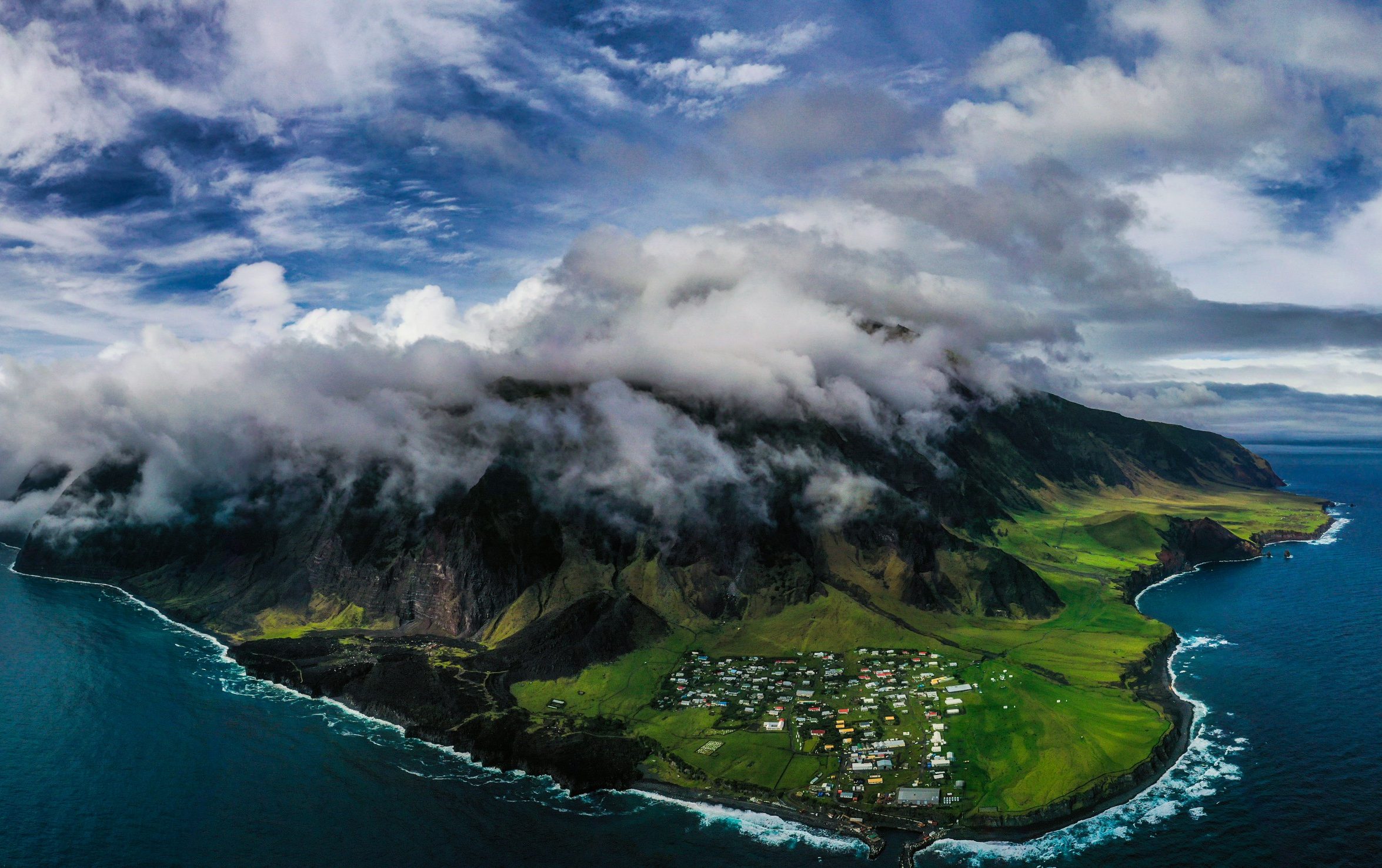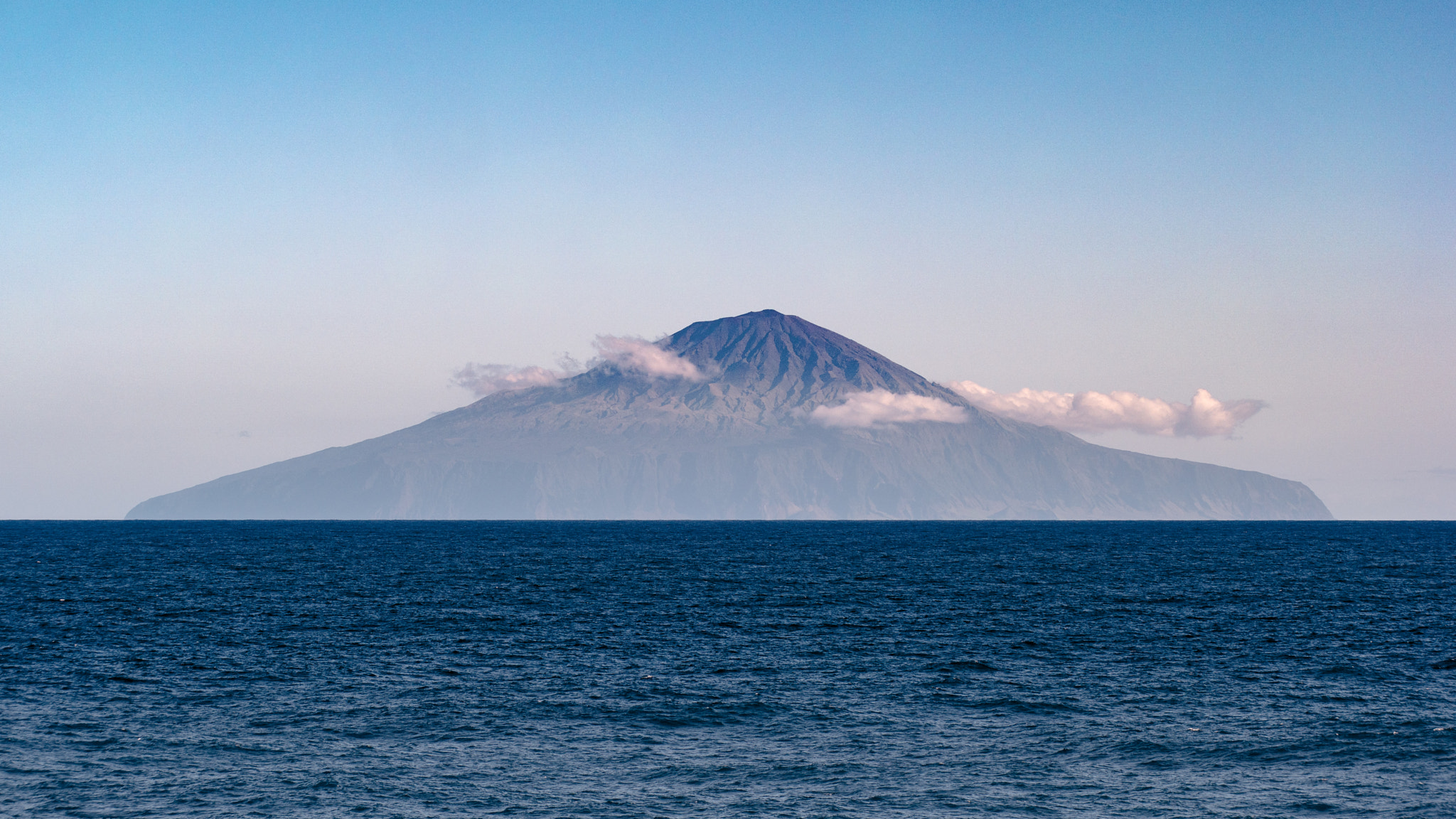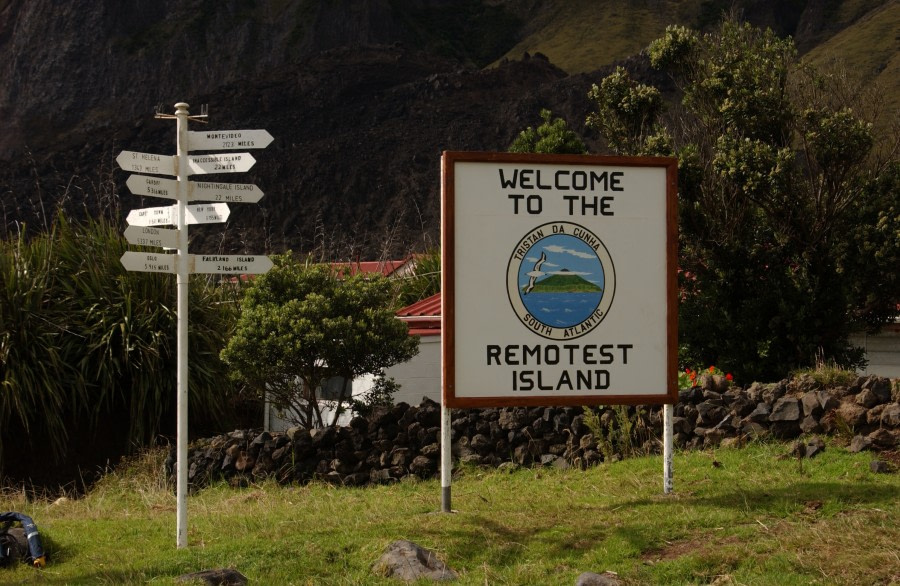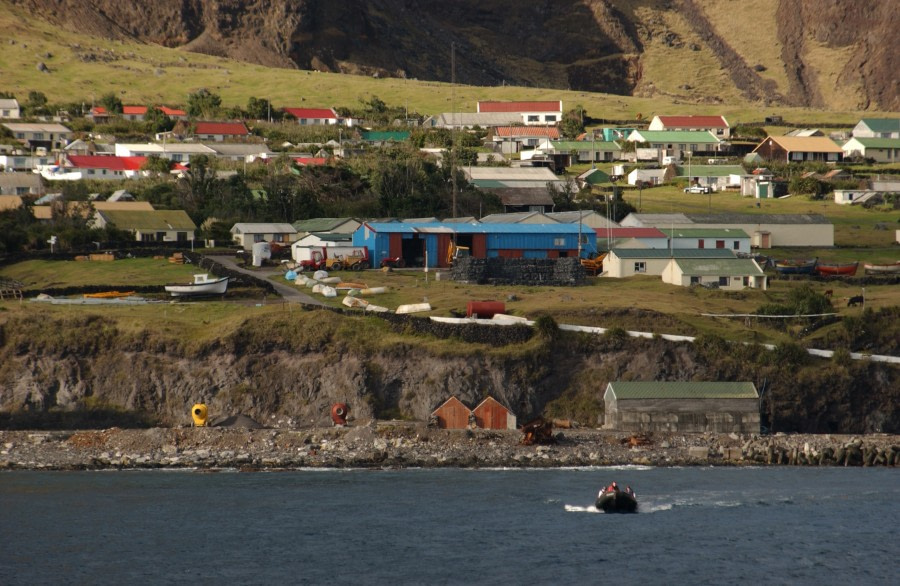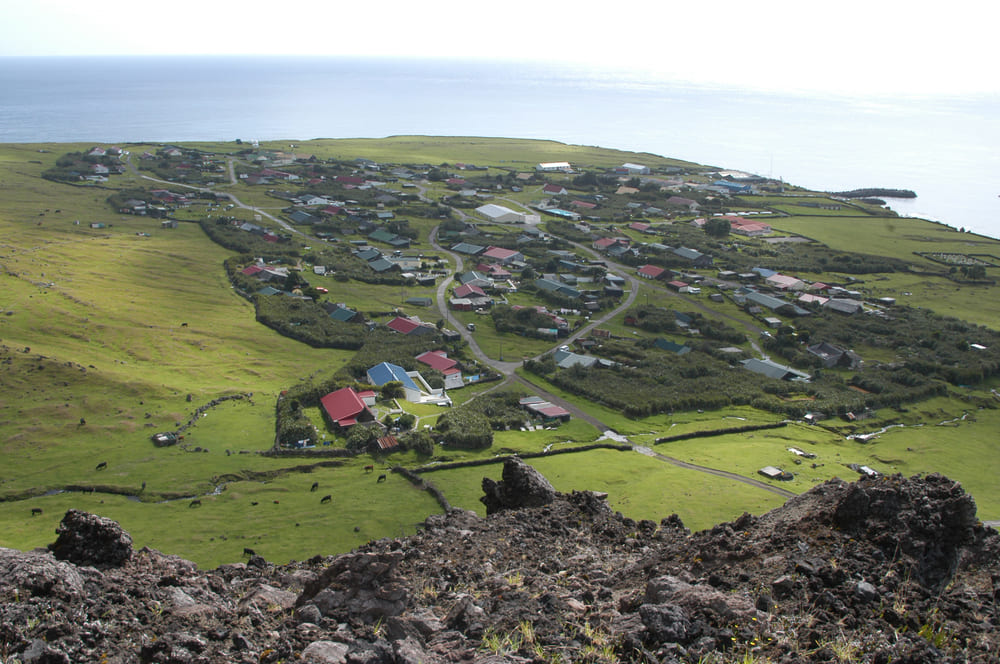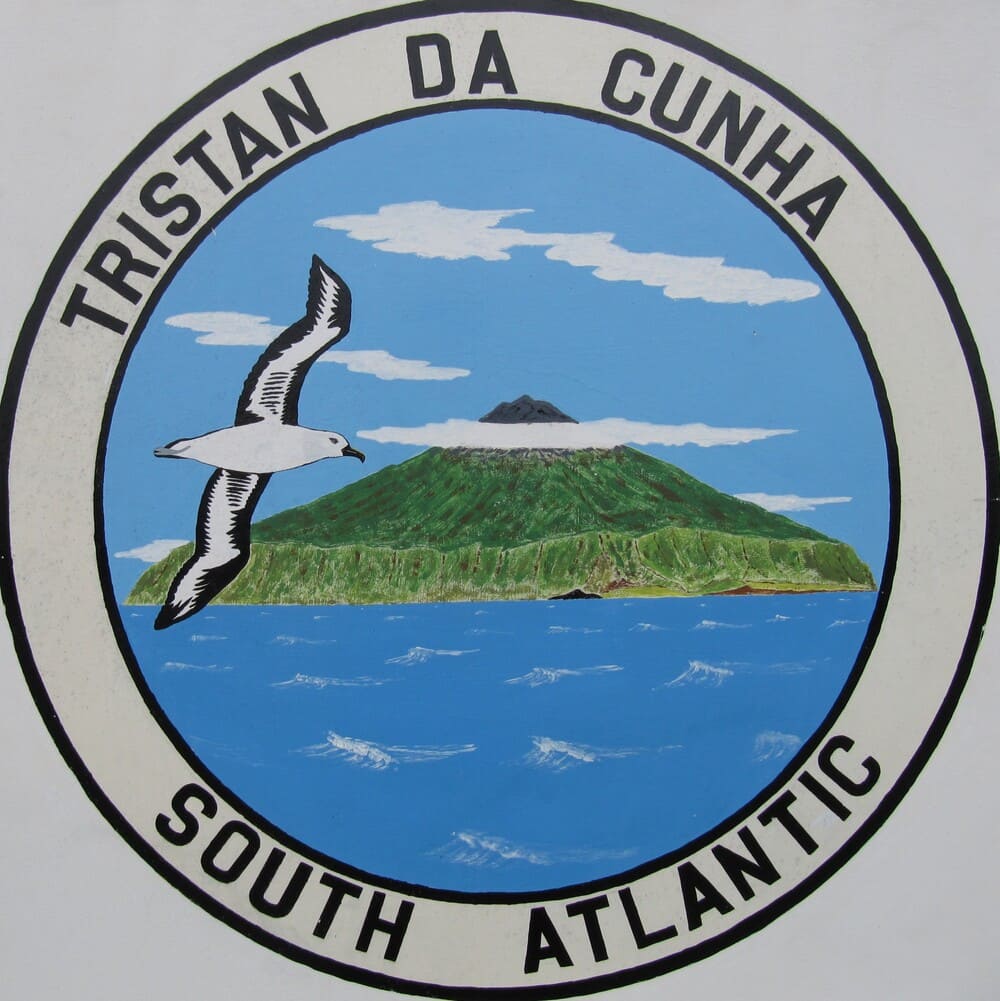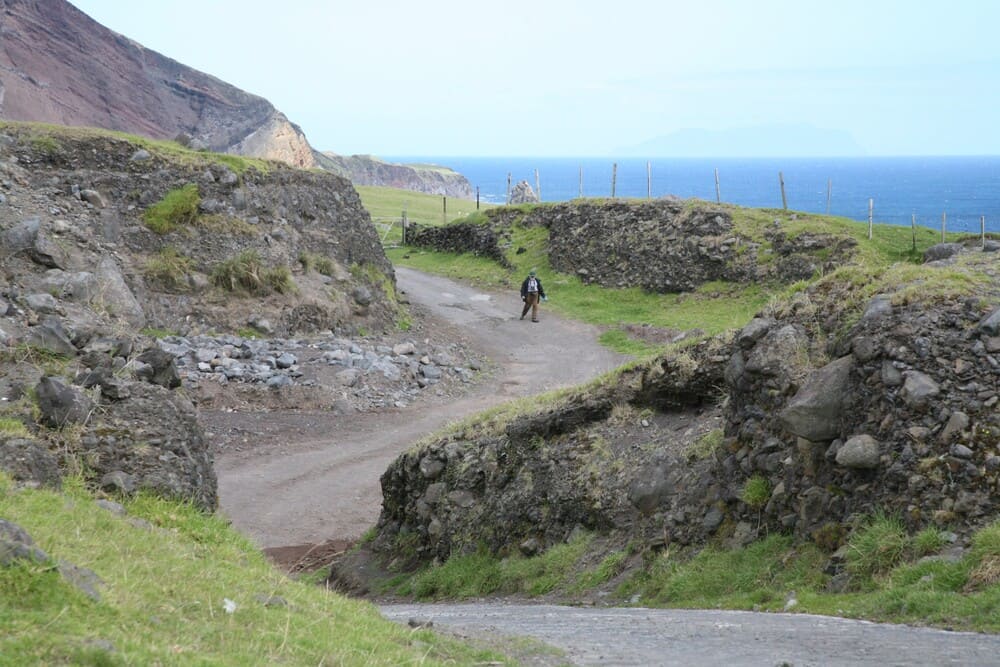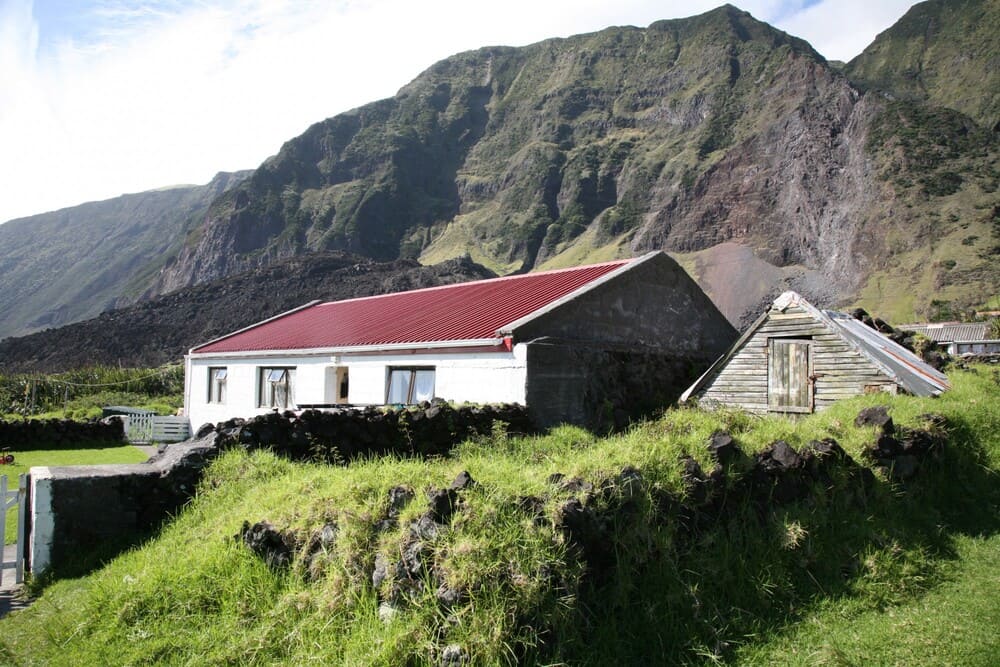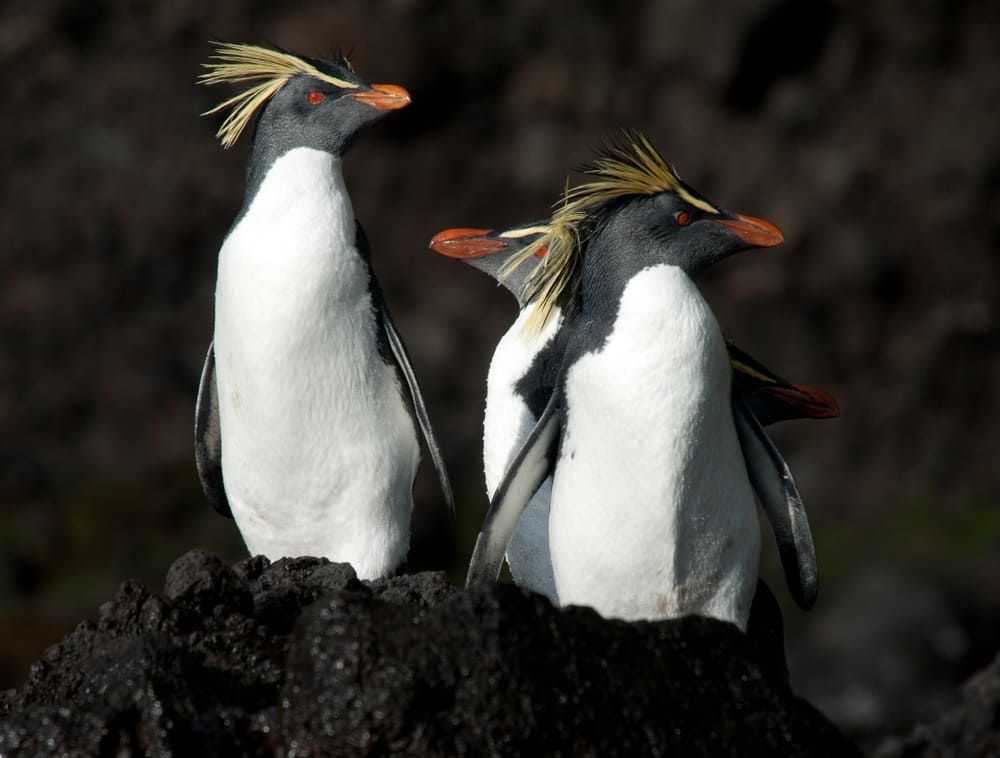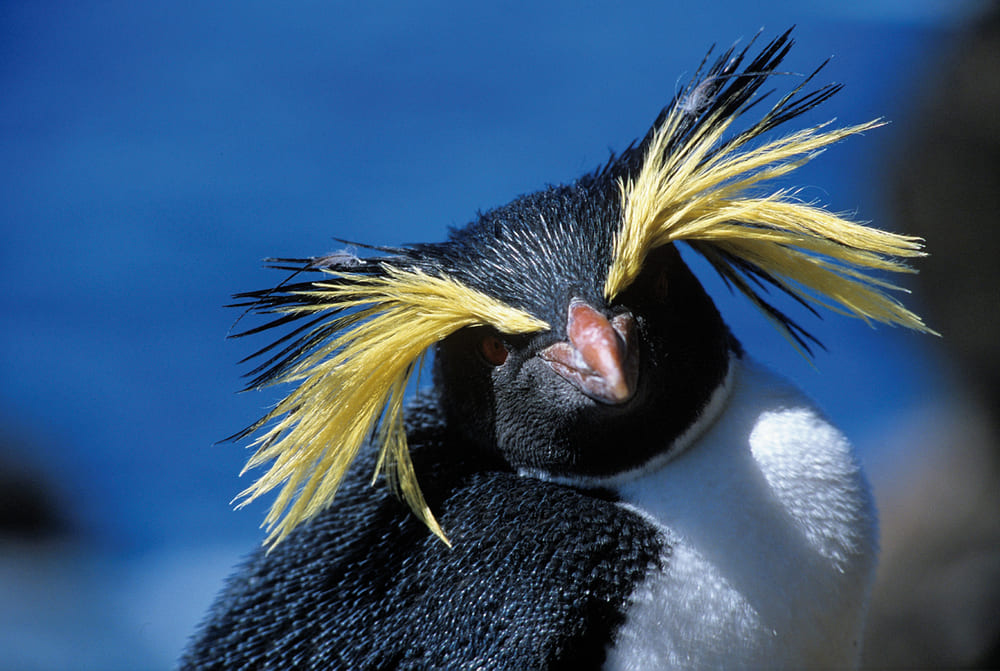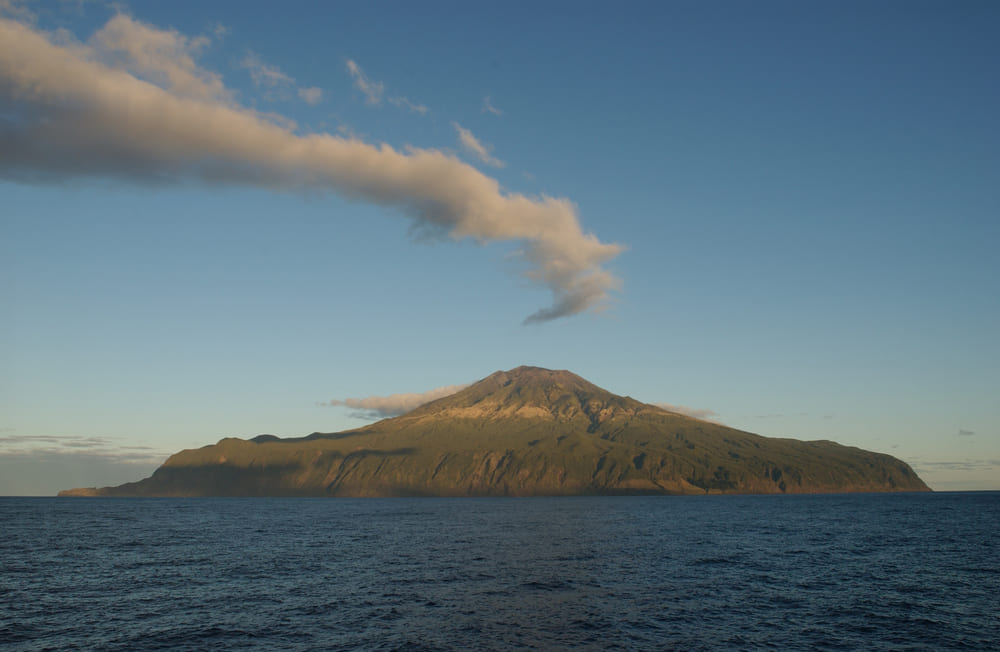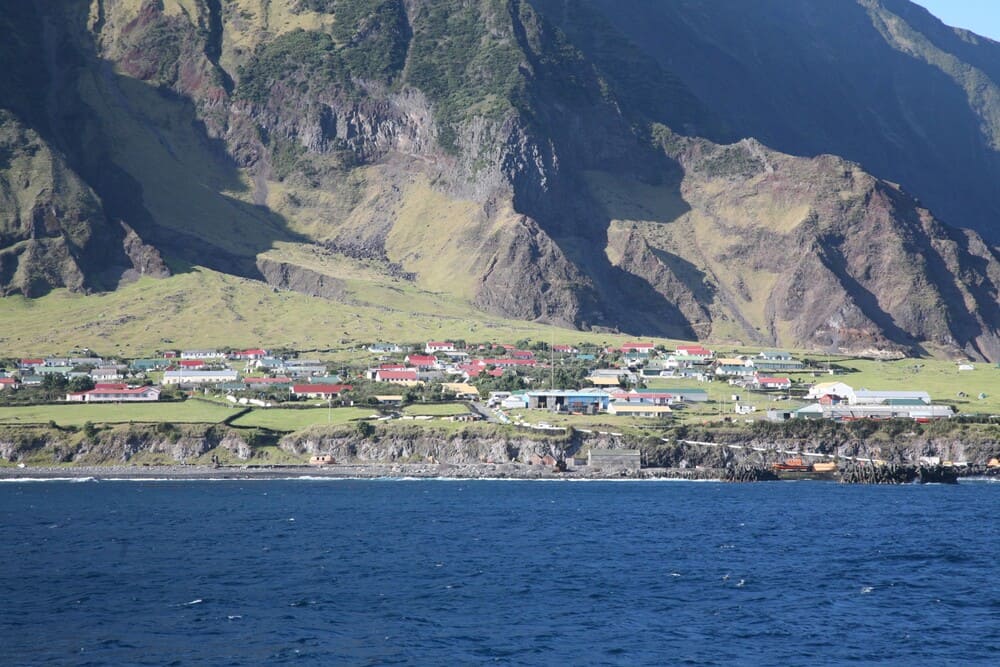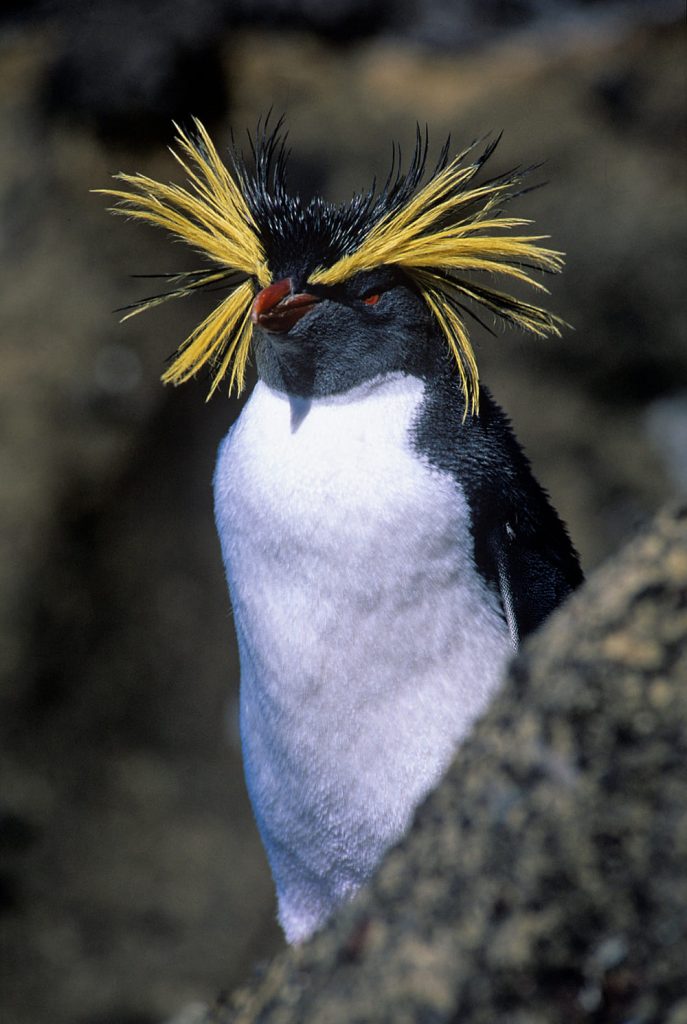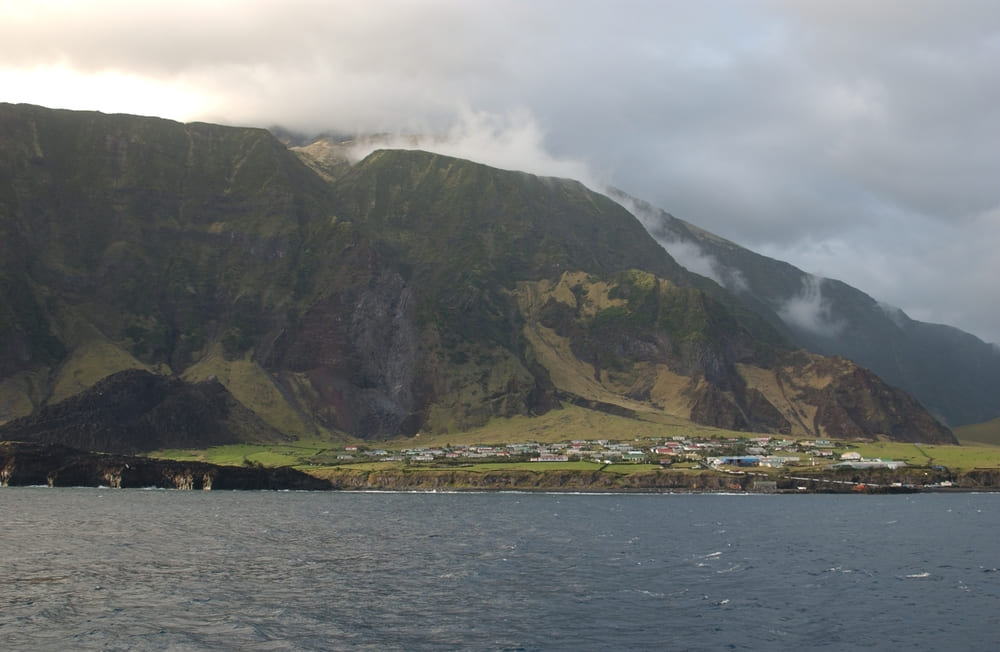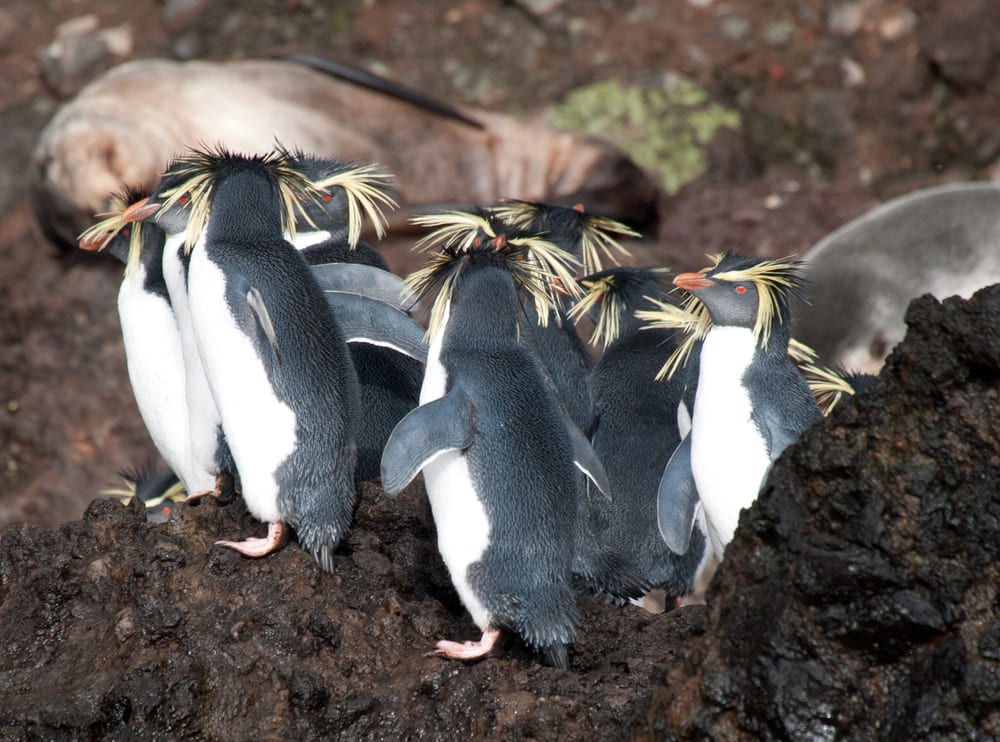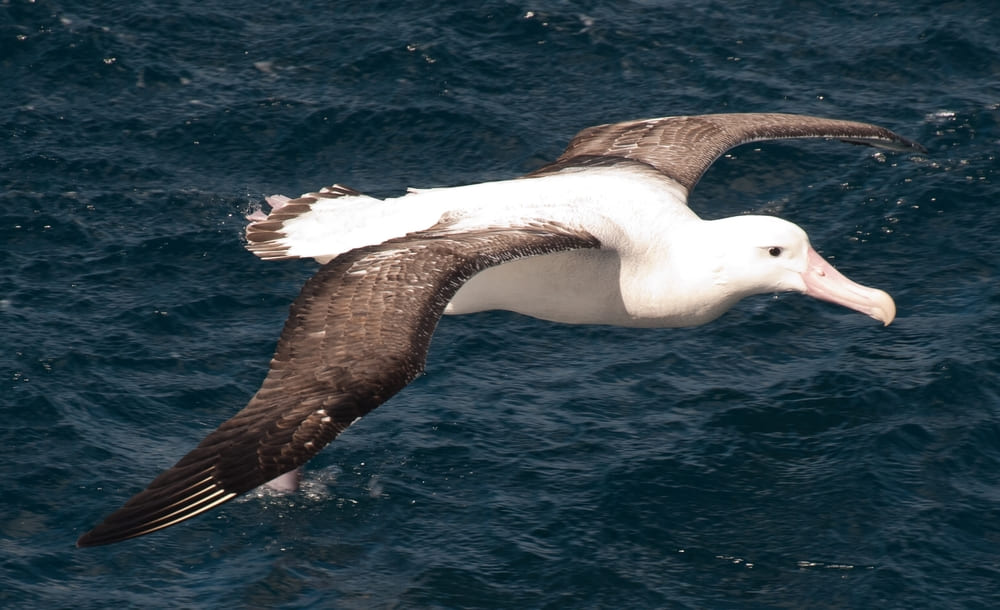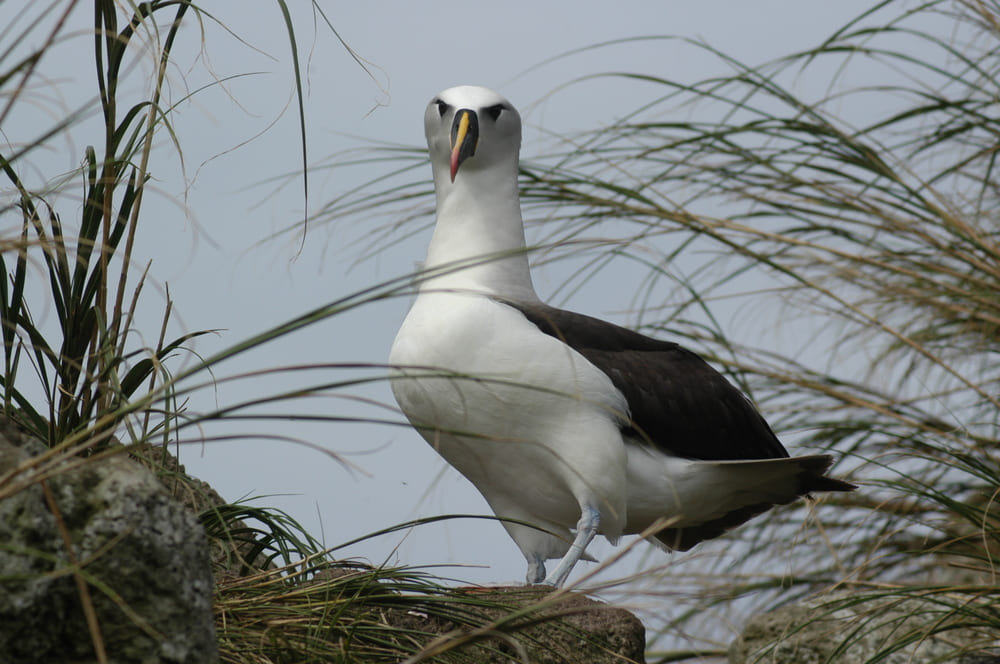YPT Tours to Tristan Da Cunha
Fancy a trip to the “most remote inhabited island in the world”? Then join our Tristan Da Cunha tours!
Tristan da Cunha is one of the most remote archipelagos in the world, located in the South Atlantic Ocean. Discovered in 1506 by the Portuguese explorer Tristão da Cunha, from whom it takes its name, the island was not settled until 1816 when the British established a small garrison to prevent the island from being used by Napoleon’s sympathizers for rescue attempts while he was in Saint-Helena. The settlement – called Edinburgh of the Seven Seas – remained and grew into the only inhabited island of the group.
The island is characterized by its volcanic terrain, dominated by the Queen Mary’s Peak, the highest point at 2,062 meters (6,765 feet). The island’s isolation has led to a unique biodiversity, with a rich marine life and a variety of seabirds. The green slopes contrast sharply with the black volcanic rocks, creating stunning panoramas.
Our cruise visit to Tristan da Cunha will allow you to tour around the island, to meet with locals, learn about their unique way of life, and observe the extraordinary natural environment.
Group Tours to Tristan Da Cunha
Every year, we visit Tristan Da Cunha as part of our Grand South Atlantic Tour, starting in Ushuaia and also stopping in South Georgia, Saint Helena and Cape Verde. It can also link to one of our Antarctica cruises.
The Grand South Atlantic Tour: South Georgia, Tristan da Cunha & Saint Helena – April 1st to April 24th/May 4th 2026 – €7445 / €8495
The Grand South Atlantic Tour: South Georgia, Tristan da Cunha & Saint Helena – April 4th – April 27th /May 7th, 2027 – €7995/€9195
Independent Tristan Da Cunha Tours
Due to its remoteness, our Grand South Atlantic Cruise is the best way to visit Tristan Da Cunha. The island has no airport, so the only way to reach it is by sea, but there are no regular passenger services.
Example of a Tristan Da Cunha itinerary
During your stay, here is what you can do.
Explore Edinburgh of the Seven Seas
This is the only settlement on Tristan da Cunha, home to around 250 inhabitants. You can visit the local museum, which showcases the island’s history, geology, and culture. Stop by the Tristan da Cunha Administration Building, which also houses the post office, a gift shop selling unique souvenirs like stamps, and the tourism office. Don’t forget to take a photo at the “Welcome to the most remote island” sign!
The Thatched House Museum is another place you can visit. It is a small museum in a cottage made from volcanic rock and shipwrecked wood, showcasing the history and daily life of the islanders. There’s very little to see inside, but it’s a unique cultural stop.
Our Tristan Da Cunha tours wouldn’t be true-YPT if we didn’t stop at Albatross Bar, the most remote pub in the world! It’s a great place to experience a bit of local life, perhaps with a cold beer.
Enjoy Tristan Da Cunha’s nature
Queen Mary’s Peak is the island’s highest point at 2,062 metres (6,765 feet). Hiking to the peak is a rewarding challenge, offering panoramic views of the South Atlantic Ocean. The trek can take a full day and requires good weather. You can also visit local caves formed by volcanic activity, like the Lava Caves near the Settlement.
Wildlife Watching
Tristan da Cunha is a paradise for bird enthusiasts. You can look for Tristan Albatross, Rockhopper Penguins, Yellow-nosed Albatross and other endemic species like the Tristan Thrush. Check also the marine life, with seals, dolphins and whales.
Visit other islands
During our Tristan Da Cunha tours, we’ll try to visit other islands. Inaccessible Island is a UNESCO World Heritage Site known for its pristine environment and rare birds. Nightingale Island, known for its seabirds and a colony of rockhopper penguins, is also a fantastic stop. Gough Island, another UNESCO World Heritage Site, is typically reserved for research teams due to its strict conservation policies. We will approach it, hoping to circumnavigate its 33-mile circumference.
Bespoke Tristan Da Cunha tours
Due to Tristan Da Cunha’s remoteness and small size, bespoke tours options are very limited. If you have an idea, let us know and we’ll see what we can do!
Frequently asked Questions about travel to Tristan Da Cunha
However, tourists should be prepared for the specific challenges that come with visiting such a remote location, including health care limitations, weather dependency, and the need to respect local customs and biosecurity measures.
The island also issues its own commemorative coins under the Tristan da Cunha Coin Ordinance, but these are more for collectors and not used in daily transactions.
The islanders value their privacy highly. Always ask permission before taking photographs, especially of people or their homes.
Greetings are important. A simple "hello" or "good morning" can go a long way. Islanders appreciate politeness and respect, reflecting traditional British manners.
While there's no strict dress code, dressing modestly and appropriately for the weather is advisable. Given the small community and potential for sudden changes in weather, practicality in clothing is valued over fashion.
The islanders have a deep respect for their natural environment, given its fragility and importance to their livelihood. Littering or any form of environmental disrespect is frowned upon.
The community is predominantly Christian (Anglican and Baptist), and religious customs play a significant role in daily life. Sundays are generally observed as a day of rest and worship. Visitors should be mindful of this, especially regarding noise or activities that might disturb church services.
Gallery
